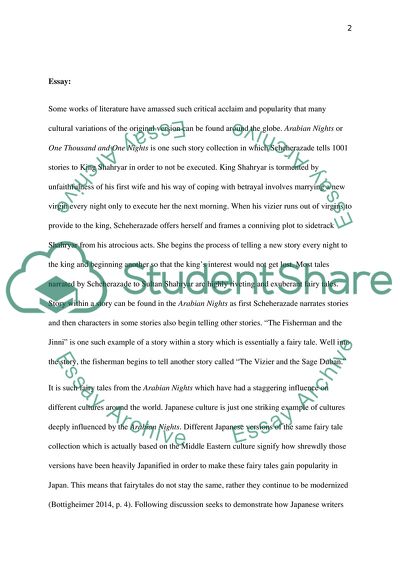Cite this document
(Fairy Tales and Our Society Scholarship Essay Example | Topics and Well Written Essays - 3250 words, n.d.)
Fairy Tales and Our Society Scholarship Essay Example | Topics and Well Written Essays - 3250 words. https://studentshare.org/literature/1868567-fairy-tales-and-our-society
Fairy Tales and Our Society Scholarship Essay Example | Topics and Well Written Essays - 3250 words. https://studentshare.org/literature/1868567-fairy-tales-and-our-society
(Fairy Tales and Our Society Scholarship Essay Example | Topics and Well Written Essays - 3250 Words)
Fairy Tales and Our Society Scholarship Essay Example | Topics and Well Written Essays - 3250 Words. https://studentshare.org/literature/1868567-fairy-tales-and-our-society.
Fairy Tales and Our Society Scholarship Essay Example | Topics and Well Written Essays - 3250 Words. https://studentshare.org/literature/1868567-fairy-tales-and-our-society.
“Fairy Tales and Our Society Scholarship Essay Example | Topics and Well Written Essays - 3250 Words”. https://studentshare.org/literature/1868567-fairy-tales-and-our-society.


